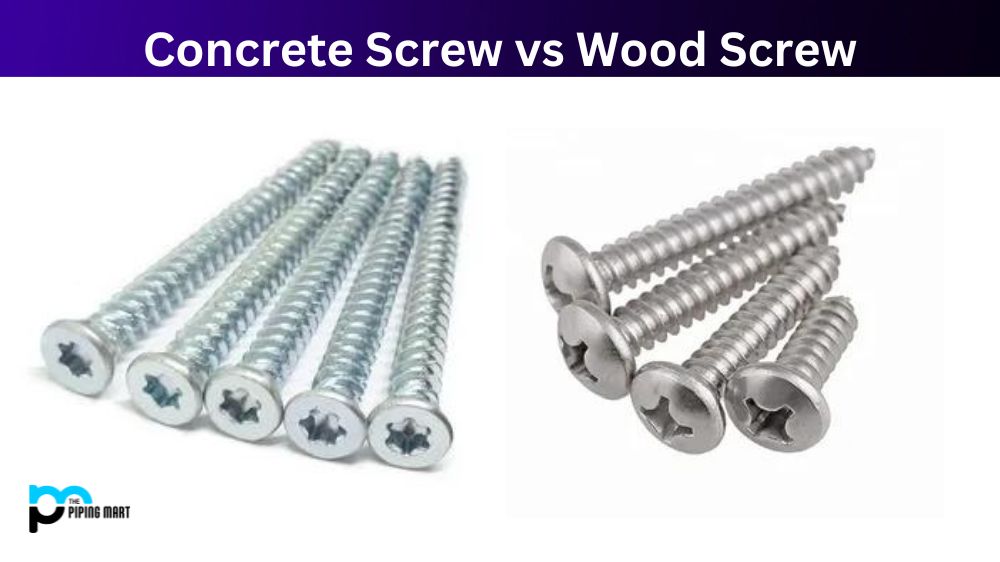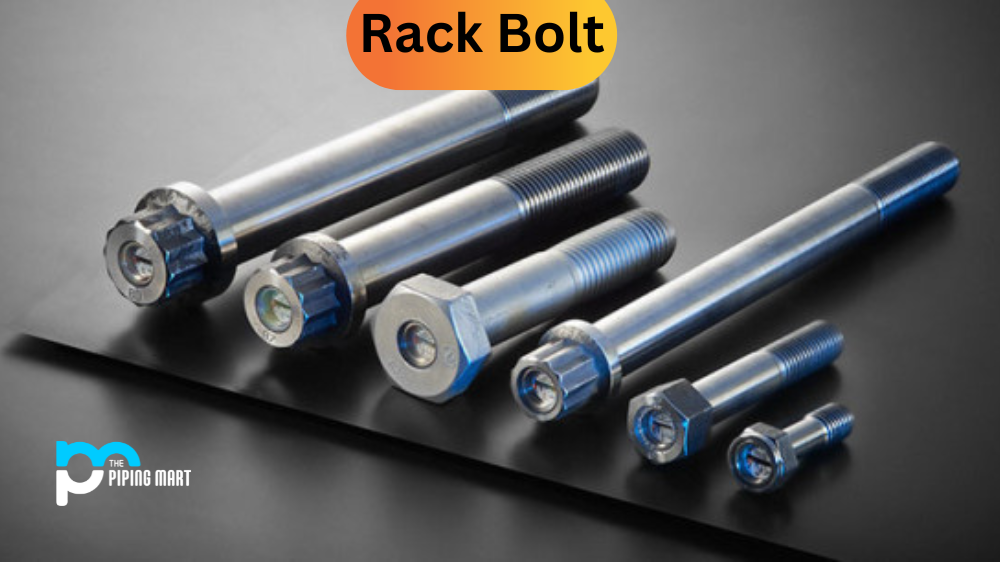Choosing the right type of screw for any project can be a daunting task, and there are many different types to choose from. Two of the most common types of screws are concrete screws and wood screws. While they may look similar, they are not the same and have different purposes. This post will outline the main differences between these two types of screws to help you make an informed choice for your project.
Concrete Screw
Concrete screws are special heavy-duty fasteners designed for anchoring into masonry or concrete applications. They feature a chipboard screw with a hardened carbon steel drill tip, plus an additional corrosion-resistant coating which makes them perfect for indoor and outdoor applications. The large thread design provides grip strength and stability when the screw is driven into the material.
Wood Screw
A wood screw is a type of fastener, usually with external male threads, that have a blunt or flat end and are used to secure two pieces of wood together. The shank typically has between two and five grooves that allow the screw to be driven into the lumber using a drill or driver bit. Wood screws come in different sizes and styles depending on the application.
Difference Between Concrete Screw and Wood Screw
Material
The most significant difference between concrete screws and wood screws is the material they are designed to fasten. As the name suggests, concrete screws are designed to be used with concrete, brick, and block, while wood screws are designed to be used with wood. The material difference is fundamental because wood screws have a different thread and shank size, while concrete screws have a unique thread designed specifically to grip the material.
Thread
The threading of the screw is where these types of screws differ the most. Concrete screws have a sharp, serrated thread that is designed to grip and cut into the concrete, creating a secure hold. Wood screws, on the other hand, have a much coarser thread that is designed to slice through wood fibres, creating a tight grip. If you use a wood screw on concrete, it wouldn’t grip but could even strip the hole.
Length
The length of the screw is another crucial factor when choosing between a wood screw or a concrete screw. Concrete screws are typically shorter than wood screws because they are designed to be used with shorter and shallower holes. Wood screws, however, are designed to be used in much deeper and longer holes, so they are often much longer than concrete screws.
Head Style
Finally, the head style of each screw is different and is designed to suit the intended material. Wood screws typically have a flat or Phillips head due to the shallow nature of the wood they grip, while concrete screws have either a hexagonal or flathead designed explicitly for the texture of concrete and other hard surfaces.
Conclusion:
Choosing between concrete screws and wood screws can be challenging. Hopefully, this post has given you a better understanding of the key differences between the two types of screws. In summary, concrete screws are designed for use in concrete, brick, and block, while wood screws are designed for wood. The threading on each screw is different, with concrete screws having a serrated grip for concrete and wood screws more coarse to grip wood fibres. Always choose the right length and head style for the material you are fastening, and use the corresponding screws for best results.

Meet Bhavesh, a seasoned blogger with a wealth of knowledge and experience. From metal products manufacturing to retail, Bhavesh has a diverse background in various industries and is dedicated to sharing his insights and expertise with readers.




